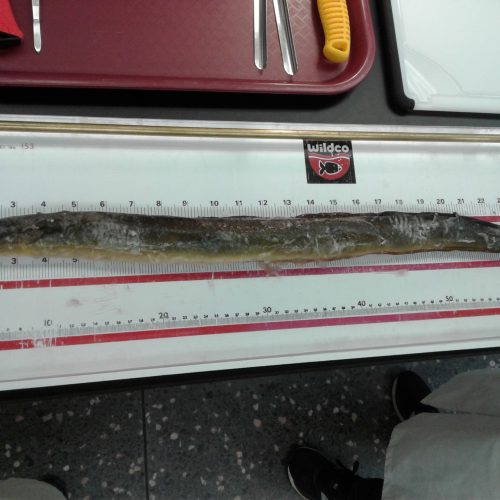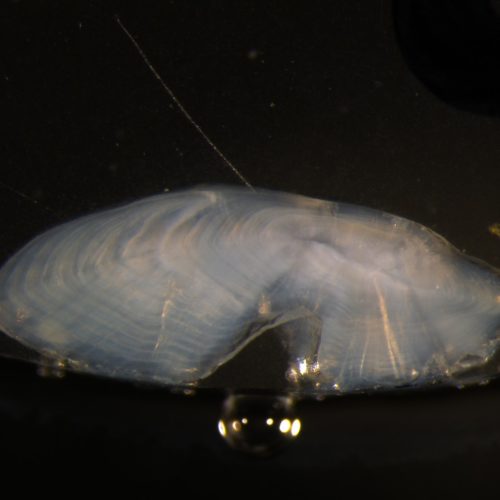

Distinguishing American eel production zones in the St. Lawrence River watershed using elemental fingerprinting, strontium isotope ratios and otolith morphometry
Research summary
The commercially exploited American eel (Anguilla rostrata) is experiencing an overall decline in abundance, particularly in the St. Lawrence River watershed. This decreased abundance led to the adoption of an action plan in July 2022 that aimed to address the threats facing this species. The plan’s first objective is to increase eel production in habitats offering the best growth potential for the species.
Achieving this objective requires identifying existing eel growth areas. A method must be developed to distinguish fish from different source areas to assess the relative contribution of eels from different regions of the St. Lawrence River watershed to overall eel production. This study therefore aims to distinguish the origin of American eels in the St. Lawrence watershed using three complementary otolith-based methods: trace element concentrations, strontium isotope ratios and morphometry.
This project is being undertaken in collaboration with Jean-François Dumont (DEFA), Ministère de l’Environnement, de la Lutte contre les changements climatiques, de la Faune et des Parcs.

Bachelor’s degree candidate in Biology at Université du Québec à Chicoutimi

Professor, Department of Fundamental Sciences, Université du Québec à Chicoutimi
Director of the Chair for Research on Exploited Aquatic Species

Professor, Department of Fundamental Sciences, Université du Québec à Chicoutimi
Co-Holder of the Chair for Research on Exploited Aquatic Species


